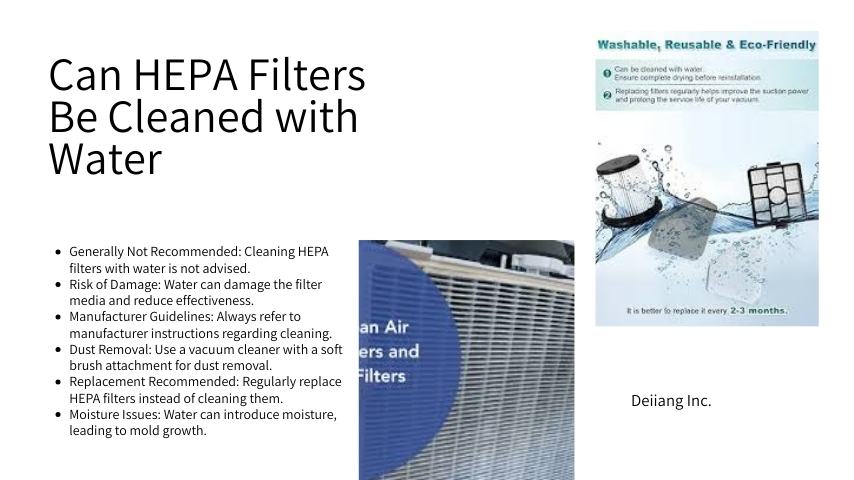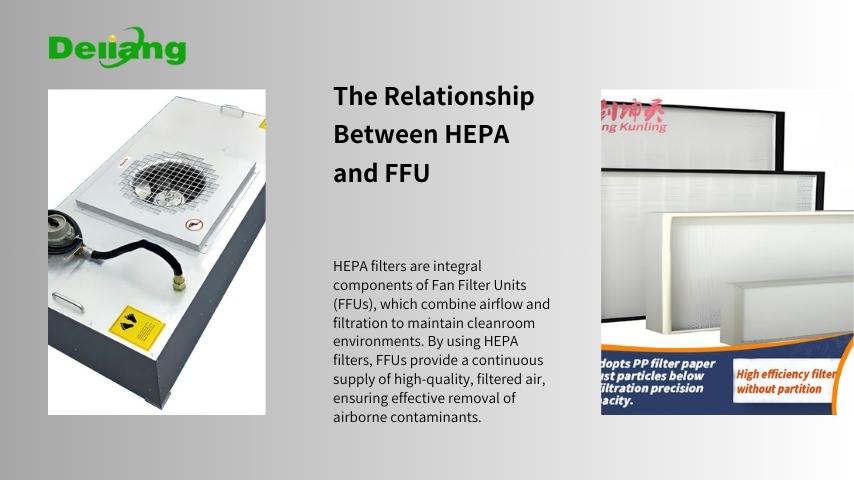Understanding hepa Filters: Units and Performance Characteristics
A comprehensive guide to the measurement units and specifications that define hepa filter performance in cleanroom environments
What is the Unit of hepa Filter?
hepa filters are defined by their efficiency ratings rather than a single measurement unit. Key specifications include particle capture efficiency, airflow rate, and filter dimensions.
The efficiency of hepa filters is typically rated at 99.97%, capturing particles as small as 0.3 micrometers. This standard is crucial for ensuring Clean air in controlled environments.
Measurement Units
- Filter dimensions: inches or millimeters
- Airflow capacity: CFM or L/s
- Pressure drop: in. wg or Pa
Key Specifications
- 99.97% efficiency for 0.3µm particles
- Airflow rate matching system requirements
- Optimal pressure drop for energy efficiency
HEPA Filter Airflow Rate
The airflow rate of a HEPA filter is measured in cubic feet per minute (CFM) or liters per second (L/s), indicating how much air can pass through the filter without compromising its efficiency.
If the airflow exceeds the rated capacity of the filter, it may not capture particles as effectively, leading to compromised air quality. In applications like cleanrooms, maintaining a consistent airflow rate is vital for meeting stringent cleanliness standards.
Advantages of hepa filters
High Efficiency
99.97% efficiency for 0.3µm particles
Improved Air Quality
Removes airborne contaminants
Odor Reduction
Captures odor-causing particles
Durable
Long service life with proper maintenance
Versatile Use
Applications from cleanrooms to hospitals
Low Noise
Quiet operation in most systems
The Relationship Between HEPA and FFU
HEPA filters and Fan Filter Units (FFUs) work together to maintain Clean air in cleanroom environments and other controlled spaces. FFUs utilize HEPA filters as a primary component to ensure filtered air is circulated effectively.
Key Points:
|
|
Can HEPA Filters Be Cleaned with Water?
Cleaning HEPA filters with water is generally not recommended, as it can compromise their effectiveness and integrity. Instead, it's advisable to vacuum them or follow manufacturer guidelines for any cleaning procedures.
For optimal performance, consult the manufacturer's recommendations and prioritize regular evaluations and timely replacements. This ensures compliance with air quality standards and maintains the integrity of cleanroom environments.

Conclusion
The unit of a HEPA (High-Efficiency Particulate Air) filter is typically defined by its efficiency in capturing particles of a certain size. The standard for HEPA filters is that they must capture at least 99.97% of particles that are 0.3 micrometers (µm) in diameter. This measurement is often expressed in terms of filtration efficiency, which indicates the filter's ability to remove airborne particles, and is commonly evaluated using the unit of percentage (%) for efficiency. Additionally, HEPA filters may also be characterized by their airflow rate, often measured in cubic feet per minute (CFM) or liters per second (L/s).
 +86 18186671616
+86 18186671616 Jason@cleanroomequips.com
Jason@cleanroomequips.com
 MENU
MENU




